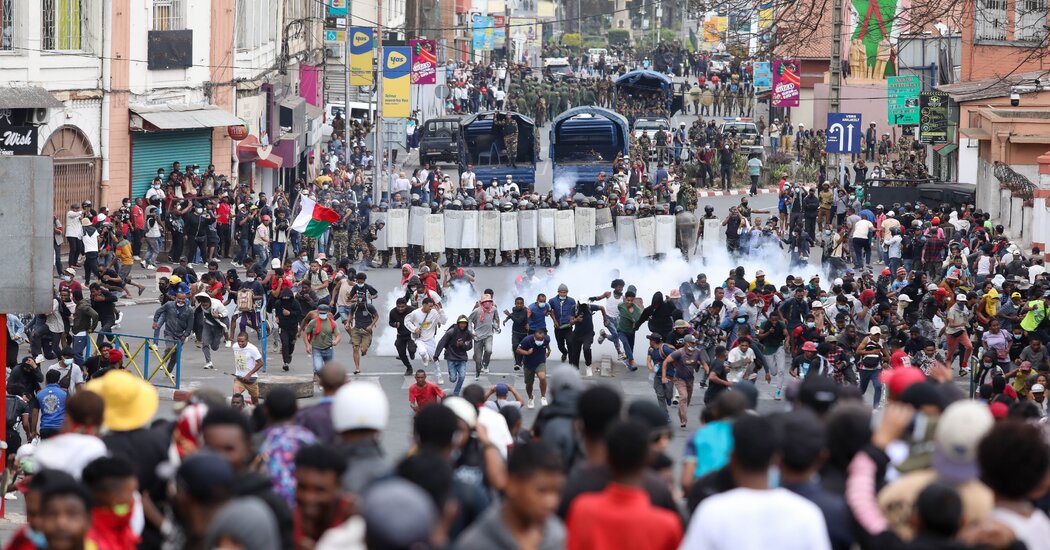
Demonstrators returned to the streets of multiple Madagascar cities on Monday, extending a third week of anti-government rallies now demanding President Andry Rajoelina’s resignation.
Police in the capital fired teargas to scatter marchers, a Reuters reporter said. Many participants were university students who built on last month’s protests over water and power cuts to voice broader grievances about governance.
Inspired by youth-led “Gen Z” movements in Kenya and Nepal, the protests mark the biggest unrest on the Indian Ocean island in years, tapping anger over entrenched poverty and perceived high-level corruption. Local TV footage showed police confronting crowds in the southern city of Toliara and the northern city of Diego Suarez.
Despite rich mineral deposits, biodiversity and arable land, Madagascar remains among the world’s poorest countries, with income per capita having fallen 45% between independence in 1960 and 2020.
Rajoelina, 51, dismissed his cabinet last week, but many demonstrators now want him to step down. The United Nations says at least 22 people were killed and more than 100 injured in the protests’ first days — figures the government disputes.
In a speech on Friday, Rajoelina said he was ready to hear protesters’ concerns but did not address demands for his resignation. A spokesperson told Reuters the movement was being “exploited by political actors who are seeking to destabilise the country,” adding the president “remains committed to dialogue” and to speeding up measures to improve daily life.
The presidency said on Monday that some civil society groups met Rajoelina on Saturday, without giving details. Other organisations said they refused to attend, citing a lack of guarantees for unhindered demonstrations and the release of detained protesters.
